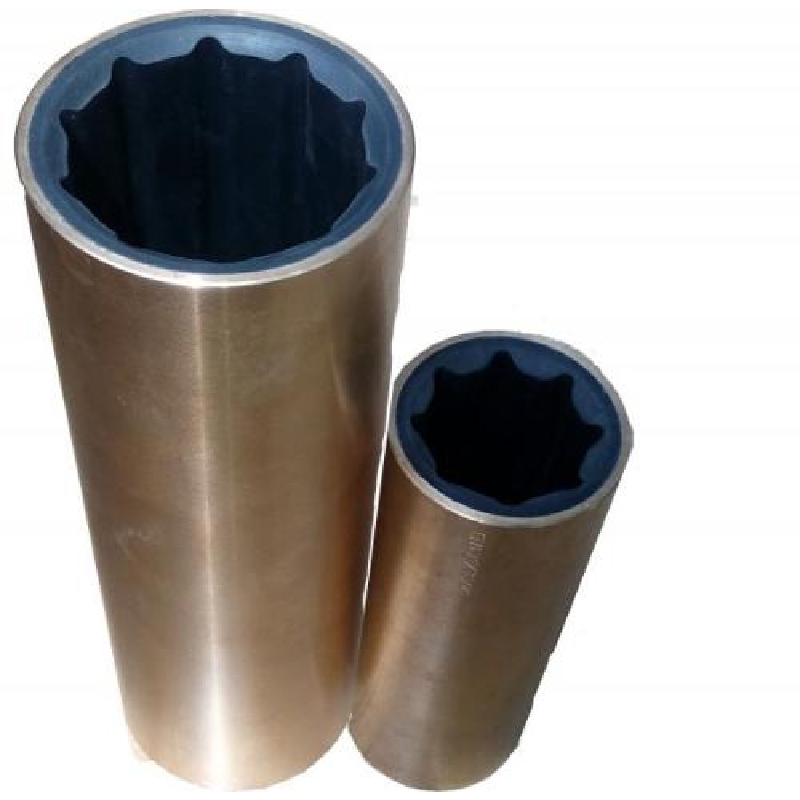car o ring
The Importance of Car O-Rings A Guardian of Automotive Performance
When we think about the intricate design of modern vehicles, various components come to mind engines, transmissions, and suspensions, to name a few. However, one of the unsung heroes in the realm of automotive engineering is the O-ring. These seemingly simple rubber rings play a crucial role in ensuring the performance, reliability, and longevity of automobiles.
What are O-Rings?
O-rings are circular seals made from elastomeric materials that come in various sizes and hardness levels. Their primary function is to prevent the leakage of fluids and gases, thus maintaining the integrity of different systems within a vehicle. They are used in applications ranging from hydraulic systems to fuel delivery pipelines, where they help create tight seals that withstand pressure and temperature fluctuations.
The Role of O-Rings in Automotive Systems
1. Sealing Fluids and Gases O-rings are prominently used in the engine, where they seal oil passages to prevent leaks from the oil pan or cylinder head. A well-functioning O-ring prevents oil from escaping and prevents contaminants from entering the engine, thus ensuring efficient combustion and optimal engine performance.
2. Fuel Systems In modern vehicles, fuel systems are intricate networks designed for optimal power delivery and emissions control. O-rings are used in fuel injectors and fuel pumps, where they seal connections to prevent fuel leaks. Any failure in these seals can lead to significant power loss or even hazardous situations, making the quality and integrity of O-rings paramount.
3. Cooling Systems The cooling system is essential to prevent the engine from overheating. O-rings are used in thermostats and water pumps to prevent coolant leaks. A well-sealed cooling system ensures efficient temperature regulation, promoting engine longevity and reducing the risk of breakdowns.
4. Transmission Systems O-rings are critical in automatic transmissions, where they help maintain hydraulic pressure necessary for the seamless operation of gears. A failure in these seals can lead to poor shifting performance, transmission fluid leaks, and ultimately, expensive repairs.
car o ring

Choosing the Right O-Ring
Selecting the appropriate O-ring is vital for automotive applications. Factors like material composition, size, and hardness must be considered to withstand the specific conditions they will be exposed to. Common materials include nitrile, silicone, and fluorocarbon, each with unique properties that make them suitable for different environments.
1. Nitrile Rubber This is the most commonly used material for automotive O-rings due to its excellent resistance to petroleum-based oils and fuels. 2. Silicone This material excels in high-temperature environments, making it ideal for sealing applications near the engine or in exhaust systems. 3. Fluorocarbon Known for its chemical resistance, fluorocarbon O-rings are often used in applications where exposure to harsh chemicals is expected, such as in some fuel systems.
Maintenance and Replacement
Regular maintenance can help identify potential issues before they become serious problems. O-rings can wear out over time due to heat, pressure, and exposure to various fluids. Routine inspections can reveal signs of wear, such as cracking or swelling, which signal the need for replacement.
Replacing worn or damaged O-rings is generally a straightforward task, but it’s essential to follow manufacturer specifications carefully. Ensuring the new O-rings are installed correctly can save a car owner from future leaks and failures.
Conclusion
In the vast world of automotive components, O-rings offer an essential yet often overlooked function. Their ability to create tight seals in fluid and gas systems significantly contributes to the overall efficiency and safety of vehicles. Understanding their importance and maintaining their integrity can lead to a smoother, more reliable driving experience. Whether you are a car enthusiast or a casual driver, recognizing the role of O-rings can inspire a greater appreciation for the engineering marvels that constitute modern automobiles.
-
The Ultimate Guide to Boat Propeller Bearings and Trailer Wheel Bearings
News Jul.31,2025
-
The Essential Guide to Marine Bearings and Boat Trailer Wheel Bearings
News Jul.31,2025
-
The Complete Guide to Heavy Duty Seals: Protecting Doors and Spaces Efficiently
News Jul.31,2025
-
Essential Guide to Marine Shaft Bearings and Boat Trailer Axle Bearings
News Jul.31,2025
-
Comprehensive Guide to Marine and Trailer Bearings for Safe Boating and Transport
News Jul.31,2025
-
Comprehensive Guide to Automotive Oil Seals: Protecting Your Engine and Shafts
News Jul.31,2025
-
Understanding Automotive Oil Seals: Essential Components for Engine and Shaft Protection
News Jul.30,2025
Products categories















